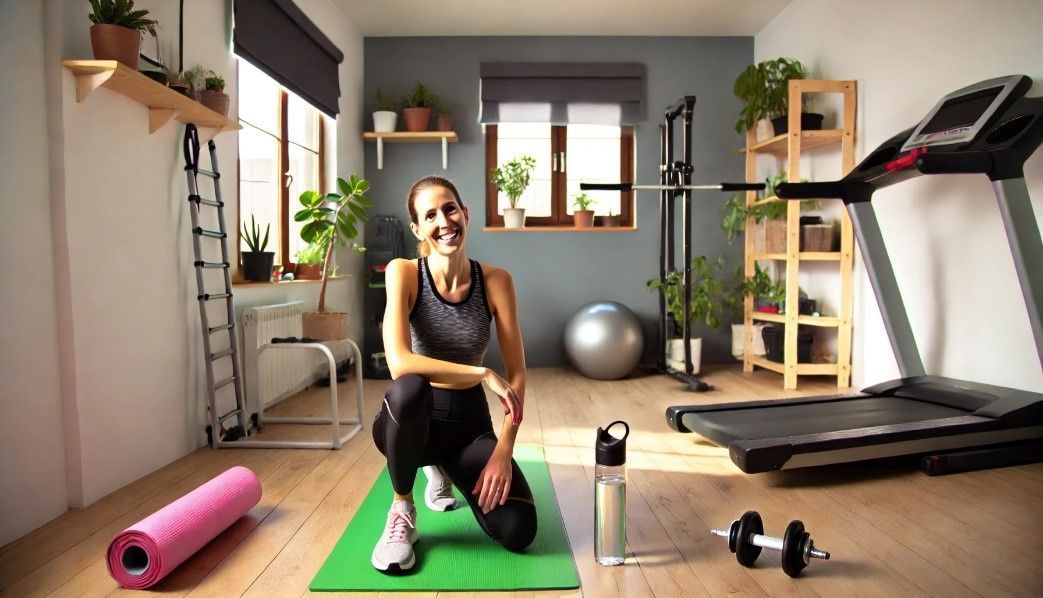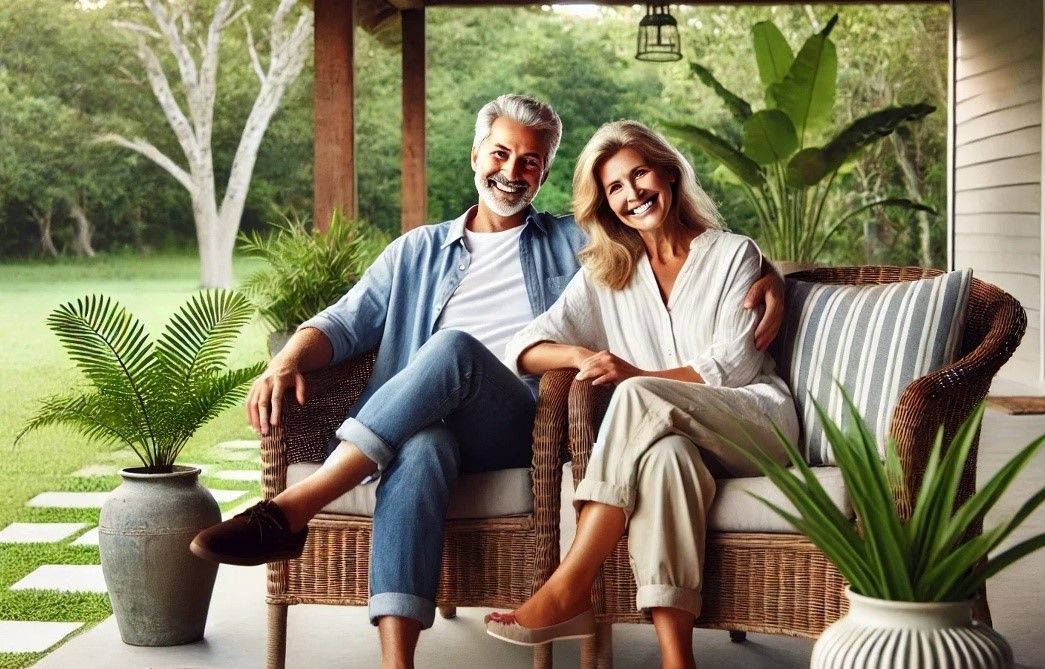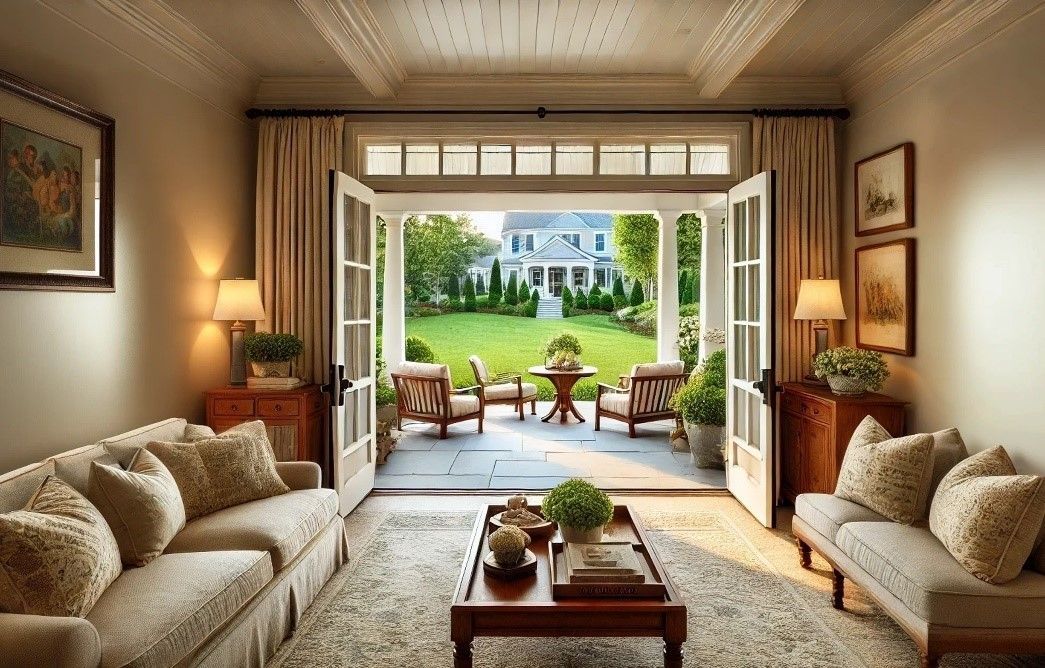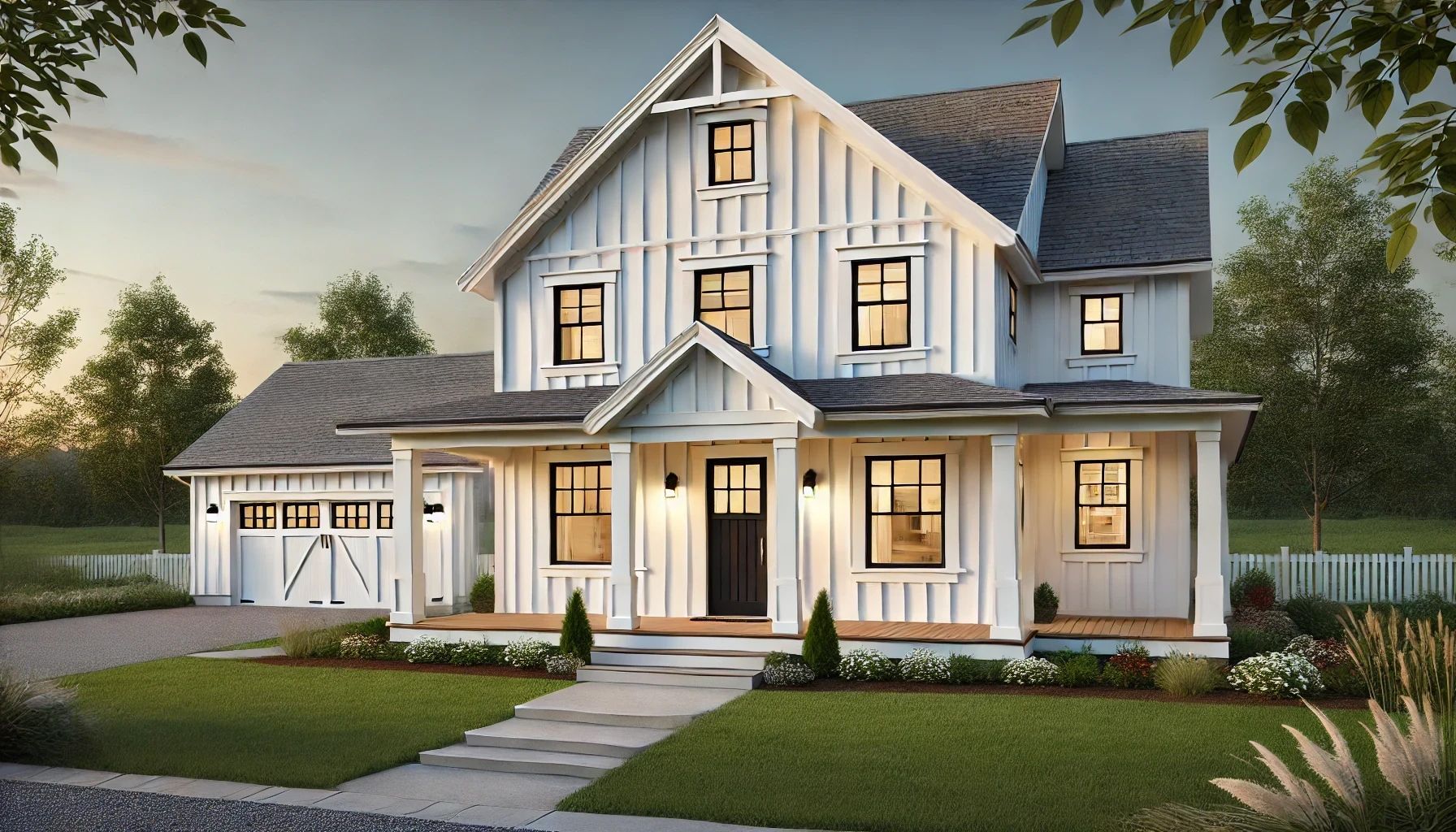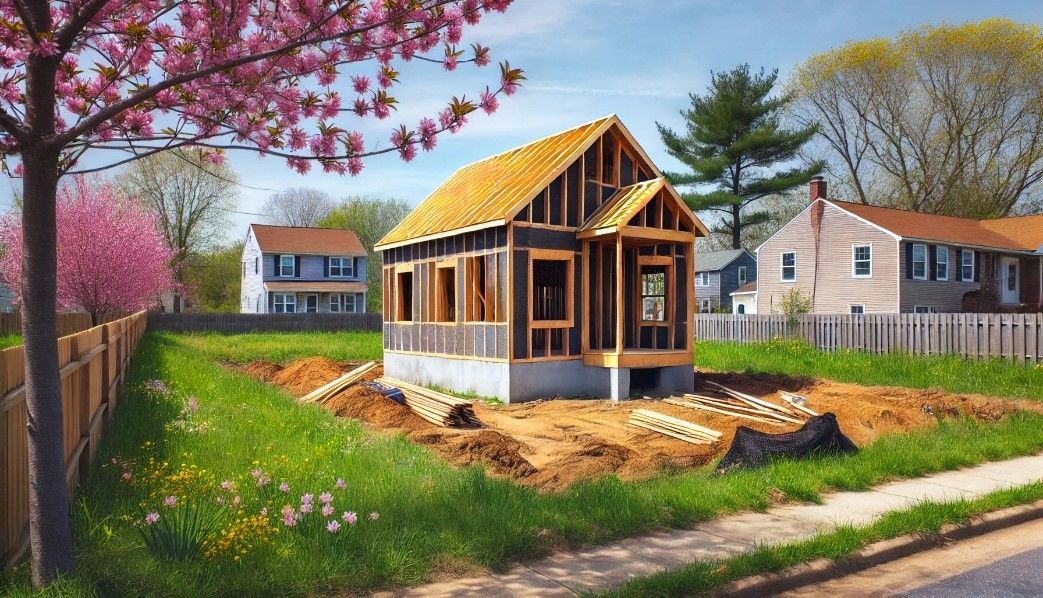Tips for Building a Health and Wellness-Centric Home
Tips for Building a Health and Wellness-Centric Home
A home is more than just a place to live; it’s a sanctuary that significantly impacts your quality of life. Designing a home with a focus on wellness is essential for supporting your physical, mental, and emotional well-being. In this discussion, we’ll delve into the critical aspects of creating wellness-centered living environments, including the importance of natural light, the integration of ergonomic features, and the incorporation of biophilic design elements.
Air Quality and Ventilation
Cross ventilation is essential for introducing fresh air and naturally cooling your home. To achieve optimal airflow, strategically position inlet and outlet windows to ensure consistent circulation. Pair this with a high-efficiency HVAC system equipped with quality filters to maintain air that is free from harmful pollutants and allergens, helping to prevent potential respiratory issues.
Natural Light
Exposure to natural daylight plays a crucial role in boosting vitamin D production, increasing serotonin levels, and enhancing productivity. It also helps regulate circadian rhythms, which are vital for maintaining healthy sleep patterns and overall sleep quality. To maximize these benefits, consider incorporating large windows or skylights throughout your home. This design approach will flood your living spaces with natural light, reducing the need for artificial lighting and creating a brighter, more inviting environment.
Green Spaces
Biophilic design emphasizes the positive impact of integrating natural elements into your home on overall well-being. Incorporating features such as houseplants, gardens, living walls, and water elements taps into our innate connection with nature. These organic additions not only enhance the aesthetic appeal by adding color and texture to your living spaces but also contribute to improved indoor air quality, reduced stress levels, and increased creativity and productivity.
Ergonomic Design
Thoughtfully planning each room's layout is essential for achieving comfort, efficiency, and functionality. Incorporate ergonomic and adjustable furniture, such as desks and chairs, that accommodate various body types to promote good posture and minimize physical strain and discomfort. Additionally, consider integrating flexible storage solutions to keep clutter at bay, ensuring a smooth spatial flow and making daily tasks more manageable and less stressful.
Noise Reduction
Unwanted noise, particularly from external sources, can significantly disrupt mental well-being. To create a more peaceful home environment, consider soundproofing walls, floors, and ceilings with acoustic panels, especially in areas like the bedroom or home office. Additionally, using heavy curtains and installing double-glazed windows can further reduce noise intrusion, helping to maintain a calm and tranquil atmosphere in your living spaces.
Accessibility
If you have family members with mobility challenges, it's essential to incorporate custom features that cater to their specific needs. Widen doorways and install grab bars and ramps to ensure they can navigate the home with ease. Additionally, consider automating lighting and other electronics to enhance their comfort and independence within the living space.
Wellness Amenities
Finally, consider designing dedicated spaces for physical exercise, such as a home gym, yoga studio, or swimming pool, to promote an active and healthy lifestyle. Additionally, incorporating a meditation room or a bathroom with spa-like amenities can provide the ultimate relaxation experience, allowing you to unwind and rejuvenate in the comfort of your home.
Optimize Your Home’s Design With Bay to Beach Builders
Creating a living environment that nurtures well-being is one of the best investments you can make. Take the holistic approach today and
design a health and wellness-centric home that looks lovely and meets your needs and preferences. Reach out to Bay to Beach Builders to begin your new custom home in Delaware or eastern shore Maryland.
FINE HOMES built with Amish craftsmanship.
All Rights Reserved | Bay to Beach Builders, Inc.
All plans and renderings are the sole property and creation of Bay to Beach Builders Inc. Any unauthorized use of this content is strictly prohibited.


